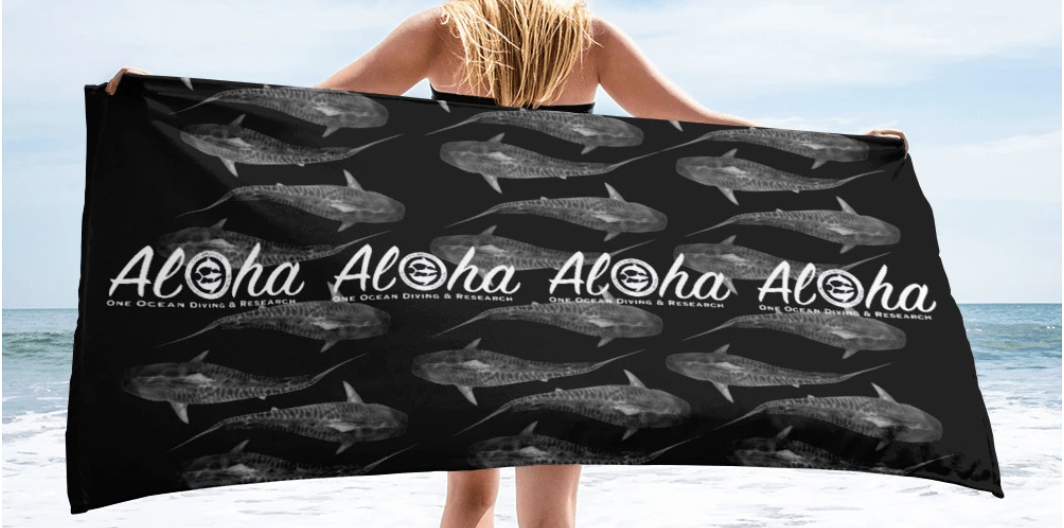Shark Research
Mission Statement:
Practicing Modern noninvasive methods of monitoring, documenting and observing and observing local shark populations, interspecies dynamics (social cooperatives) and interactions with conspecifics (pinnipeds, cetaceans, fish, birds) in a way that can be shared with the public and benefit a global community.
HOW: Returning as often as possible (preferably multiple times per day, weather permitting) to natural shark distributions (aggregate sites) reflecting regional variation by species, gender, individual, pack or schooling shark movements over pelagic drop offs where natural upwelling of nutrients and water currents attract marine biota. Locale based on bathymetric modeling and acoustical telemetry to regulate the presence of humans in the natural environment, maximize the collection of data and minimize behavioral impact.
Current Projects:
PHOTO ID: 200+ individually documented multi species shark bank for comparing time/seasonal movements, distinguished behaviors, status of dominance by cataloging and updating photos of unique scars, markings, hooks, notches on right, left and top side of each animal. Focus on dorsal fins of nomadic and resident Tiger populations.
Shark Identification Methodology
During fieldwork—whether on dives or charters—we document unfamiliar sharks by capturing images or video from multiple angles. Using a species-specific field ID sheet, we record key details including sex, estimated size, date, time, location, and observed behaviors. Unique markings or physical traits are sketched and noted for later comparison with digital footage. Once we obtain a full visual ID (left side, right side, top view, and close-ups), our research team reviews and confirms the identification. The individual’s profile is archived and shared through our website and social media to support public awareness and regional monitoring efforts.
Why This Work Matters
Photo identification is a non-invasive, cost-effective method for monitoring individual sharks over time without the need for physical tagging or capture. By documenting distinguishing features and behaviors, we can track movement patterns, site fidelity, and population dynamics while minimizing stress to the animals. This approach supports long-term conservation efforts by building a database of known individuals, helping researchers and the public better understand the role of sharks in marine ecosystems. Making this information accessible also promotes ocean awareness and encourages responsible interactions with wildlife.
SEASONAL MIGRATION PATTERNS: presence of individuals, packs or schools correlated to abiotic weather variants (air temperature, water temperature, pressure systems, moon phase, swell, wind, sunrise/sunset and location).
POPULATION DYNAMICS: monitoring local population status of multiple species. Unfortunately Sandbar and Galapagos are in small decline, along with decline in Tiger populations. There is near disseverance of Silky, Oceanic BlackTip, Blue and White Shark populations.
BEHAVIORAL STUDIES: tracking and documenting Agonistic displays among competitive or assertive sharks to avoid negative shark/human interaction through peaceful observation (chasing, following, parallel swimming, pectoral dropping, dorsal arching, jaw gaping, checking, gill popping).
Ongoing Research:
DropCam: in water camera, behavioral tool
DropRig: bottom camera (hosted by Keiko Conservation)
GreenLaser: implementing standardized tool of measurement for accurate body size of sharks (FL, TL, TCL) in water observation
Shark deterrents: electronic based product testing, surfboard and scuba models with GoPro, Anthony Walsh, Tom Carroll, ongoing testing and product development

